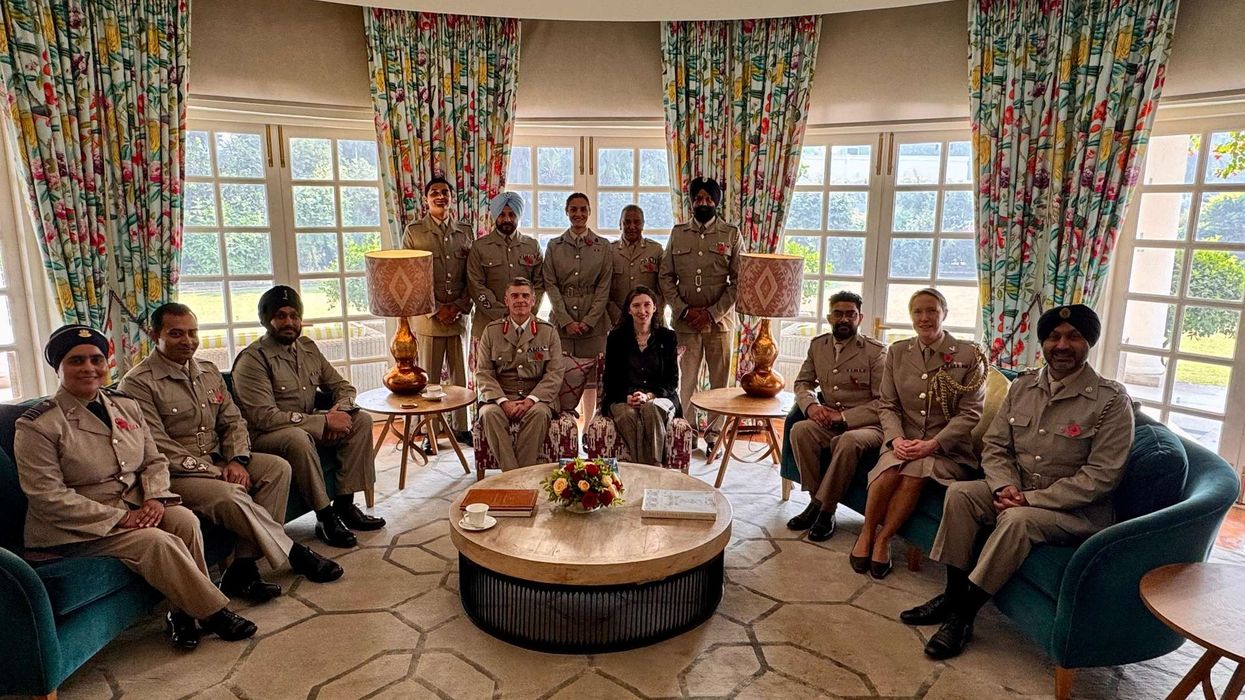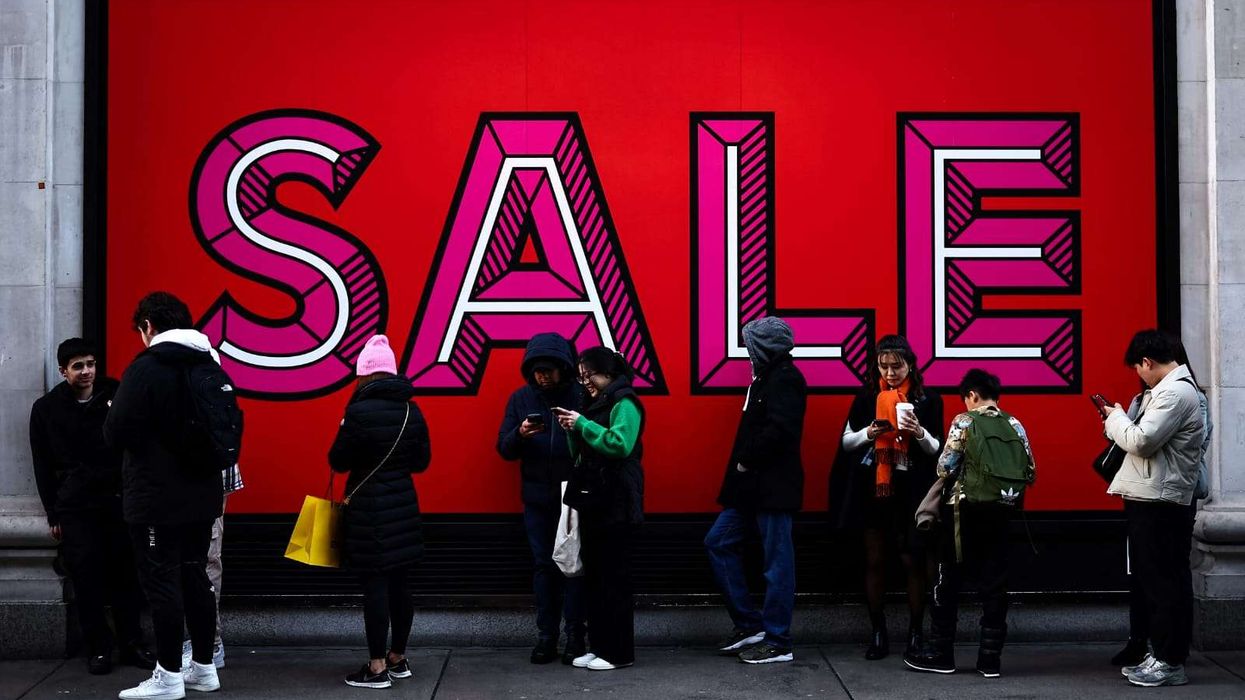Darwen, are you ready for a night of unforgettable music, dance, and nostalgia? This April, Bollywood Time Machine makes its much-anticipated stop at the Darwen Library Theatre, bringing with it a dazzling celebration of Bollywood's greatest hits from across the generations.
Prepare to be transported from the smooth romance of the 60s to the funky beats of the 80s, the soulful ballads of the 90s, and the chart-topping anthems of today. This spectacular show offers a rare opportunity to relive the golden eras of Hindi cinema through a mesmerising blend of music and performance.
Presented by the renowned LuvEntertainment, Bollywood Time Machine promises an evening filled with energy, nostalgia, and top-tier talent. Here's what to expect:
Powerful vocal performances paying tribute to legends like Lata Mangeshkar, Kishore Kumar, Mohammed Rafi, and Asha Bhosle—alongside renditions of hits by modern icons such as Arijit Singh, Shreya Ghoshal, and Sonu Nigam.
Dynamic dance routines by the electrifying Bollywood group 4all2Envy, bringing visual flair to every beat.
Charismatic celebrity hosts, including the ever-popular Tommy Sandhu, Noreen Khan, or Eshaan Akbar (host may vary by date), guiding the night with humour and charm.
Whether you grew up on 90s romantic duets or groove to the latest Bollywood bangers, this is a show for everyone who holds Bollywood close to their heart.
So, gather your friends, get glammed up, and sing along to the melodies that defined generations. Bollywood Time Machine promises an evening of joy, rhythm, and pure entertainment.
Let the music rewind time—see you there!














